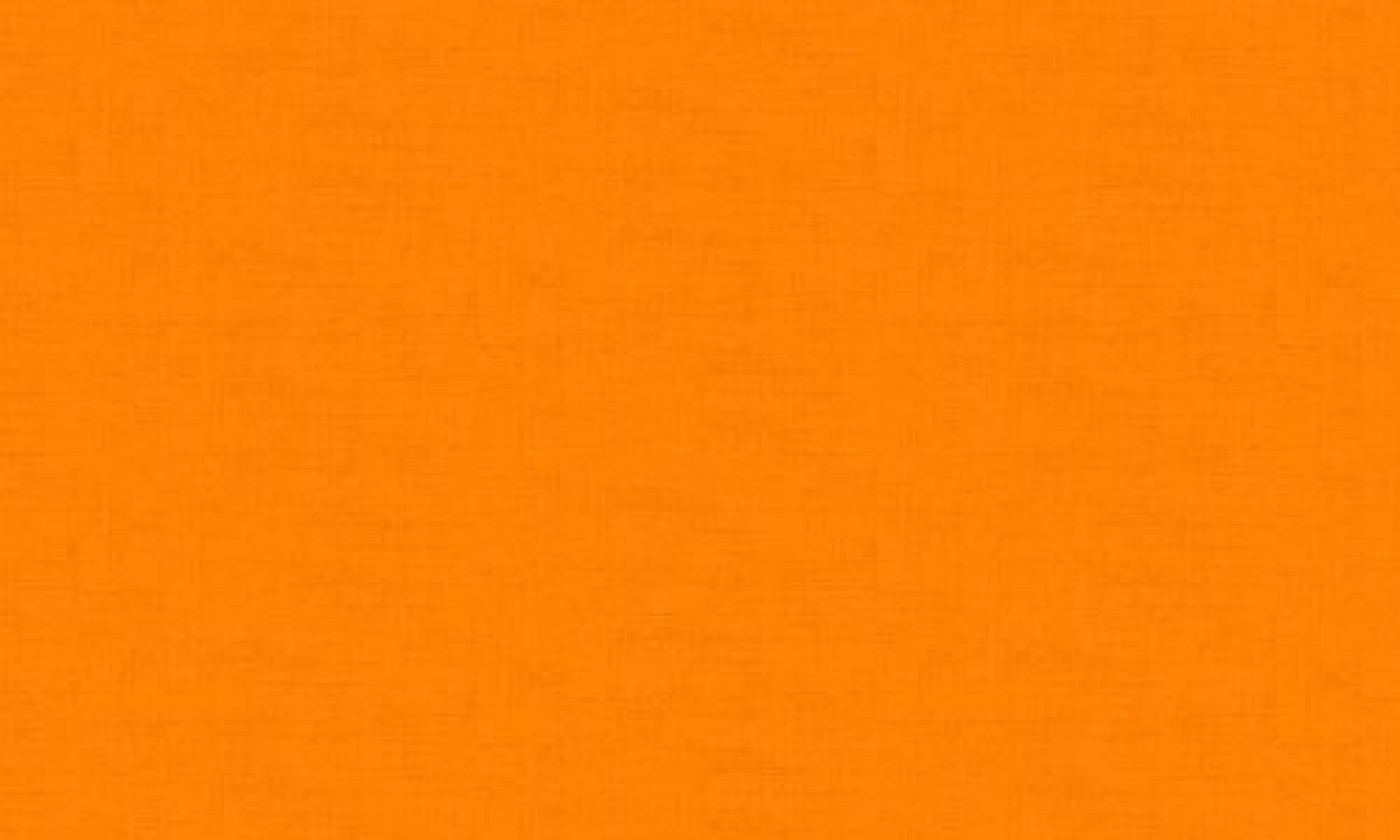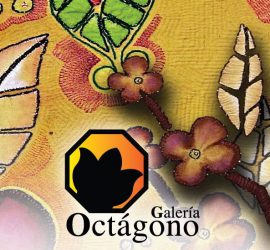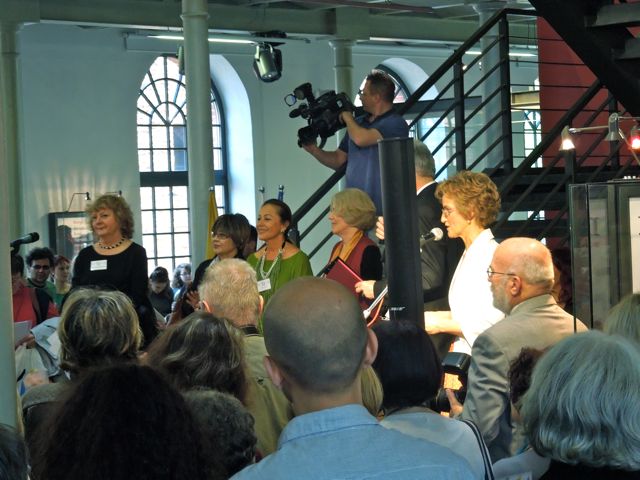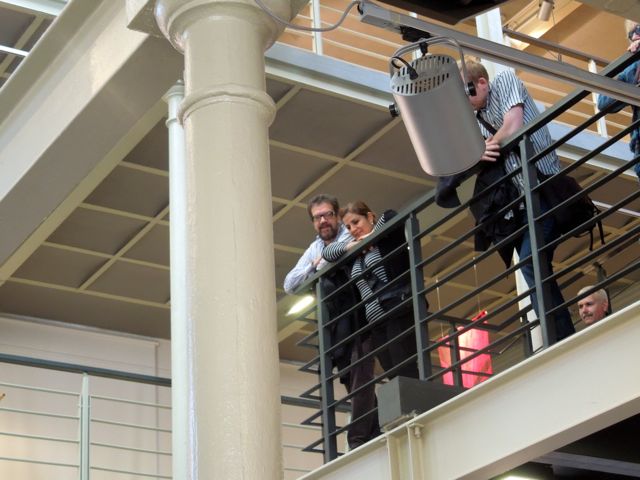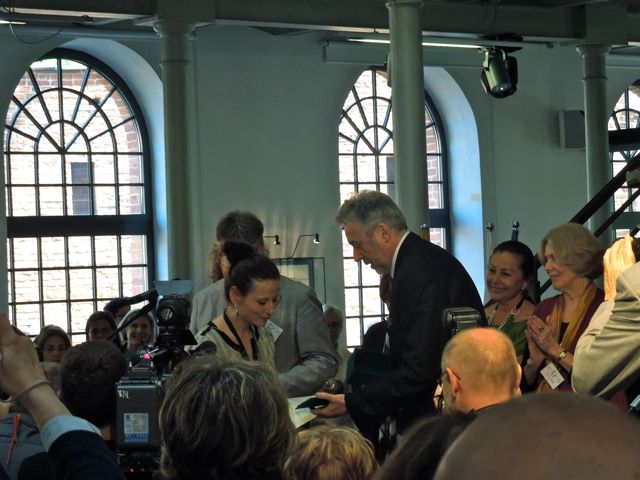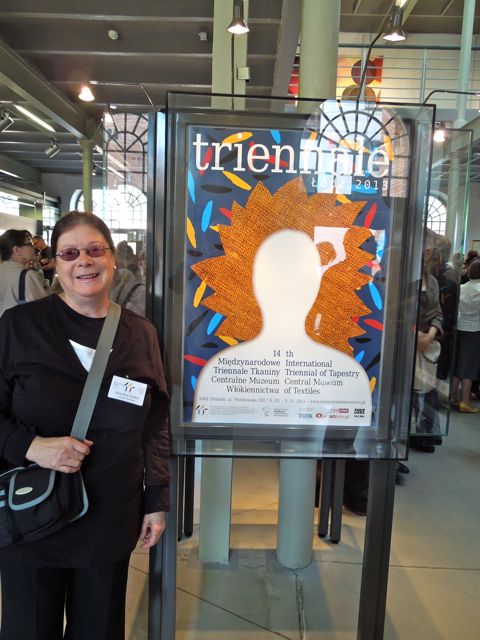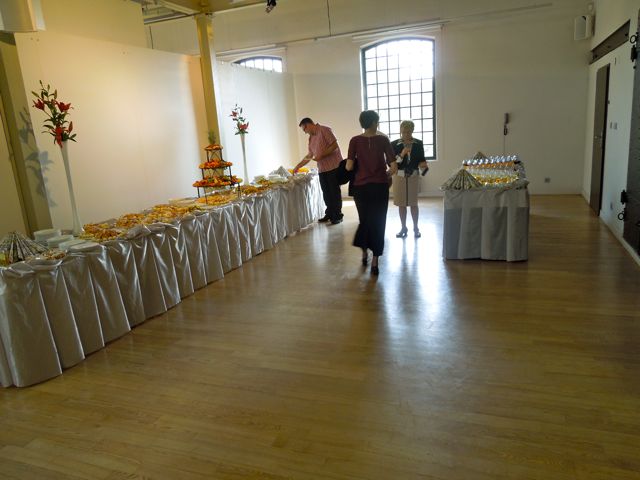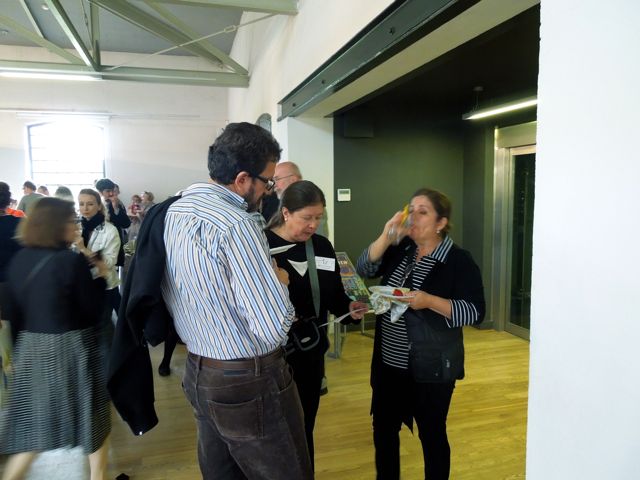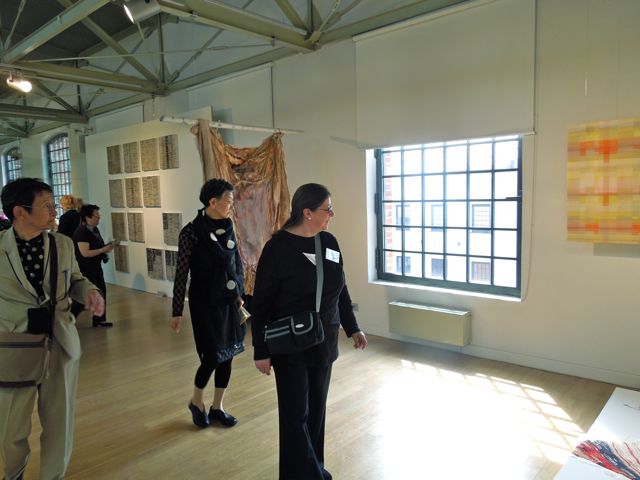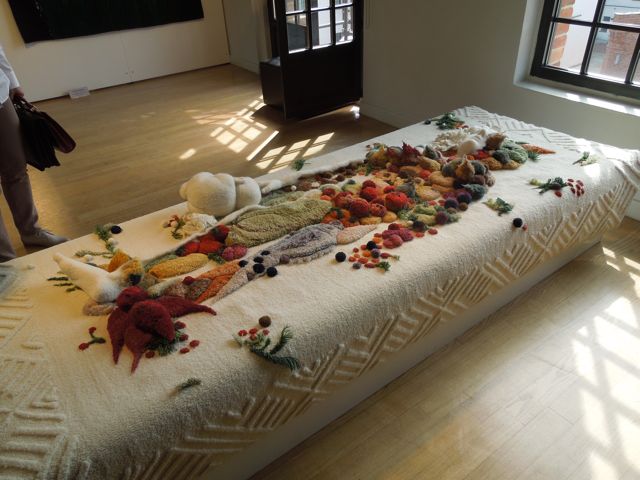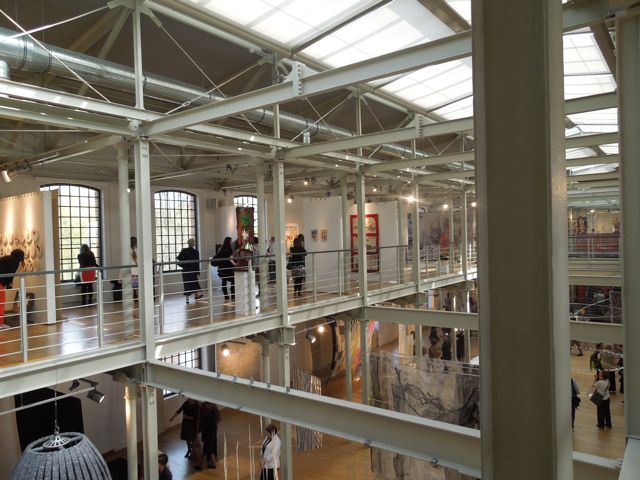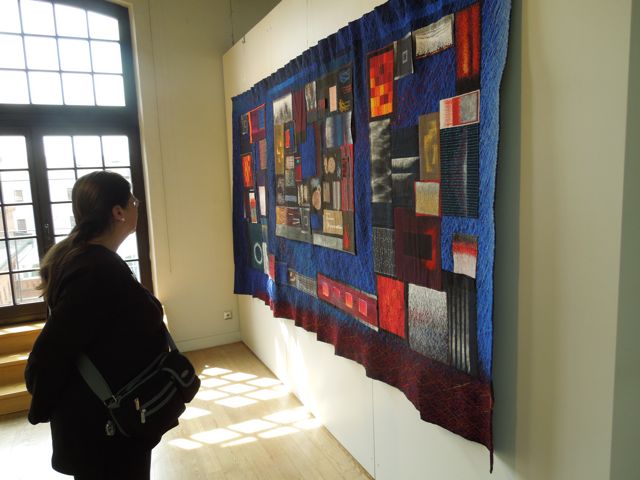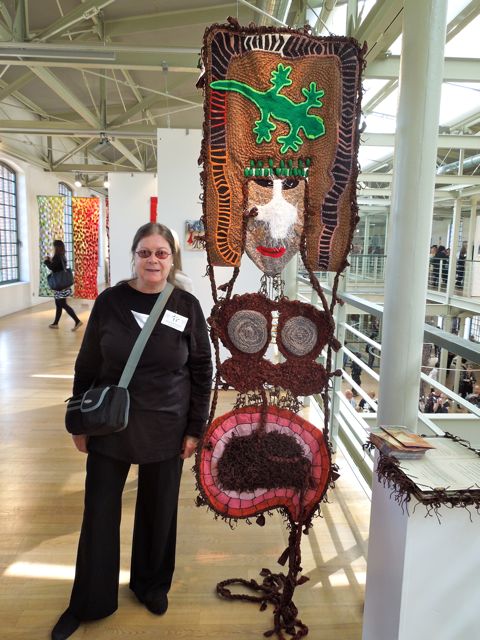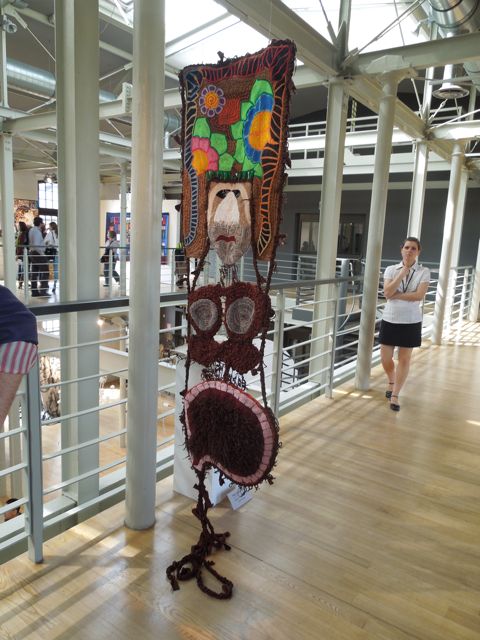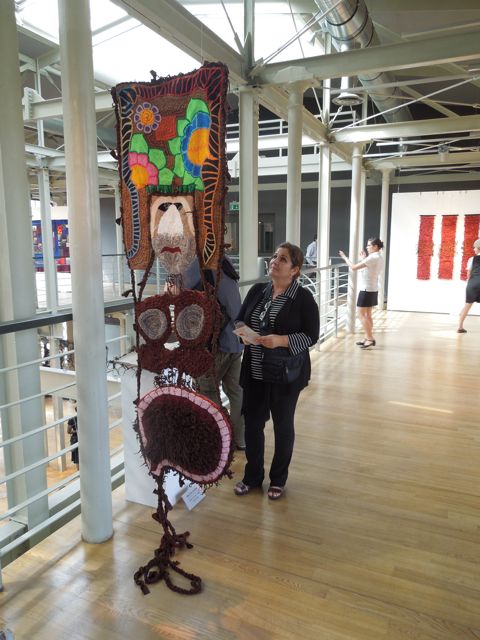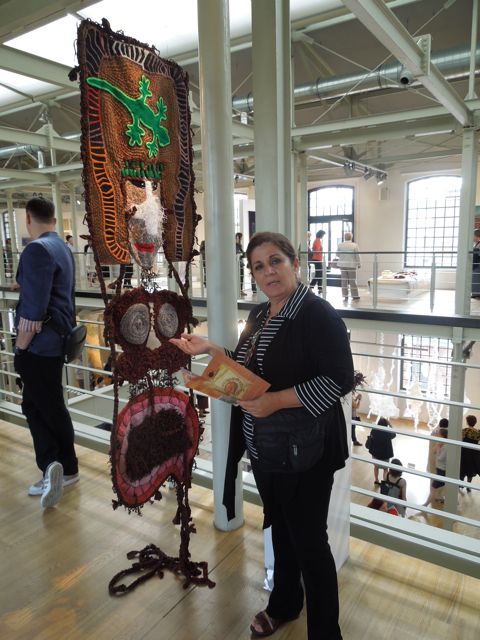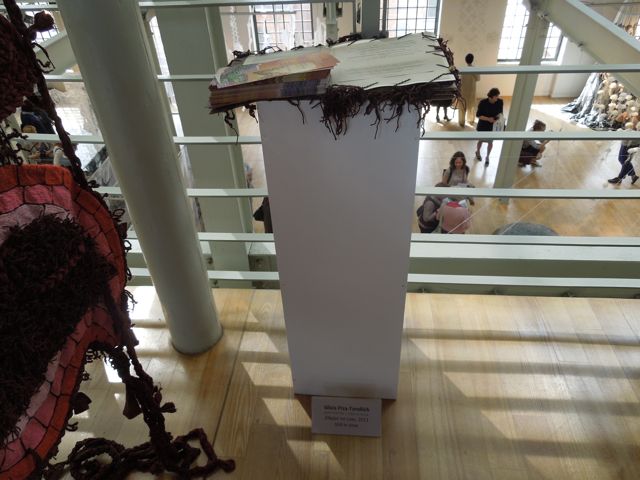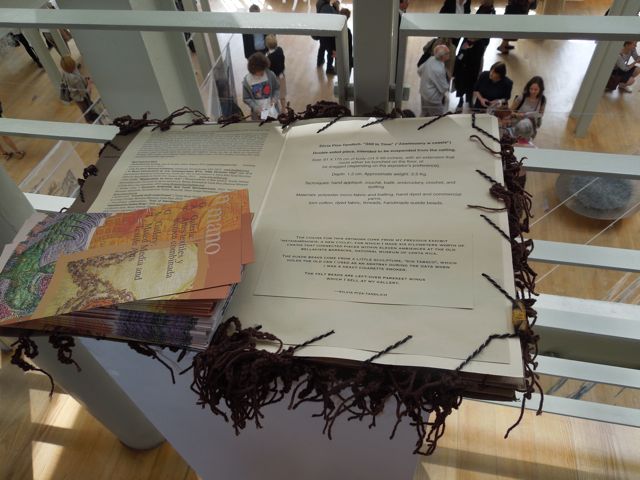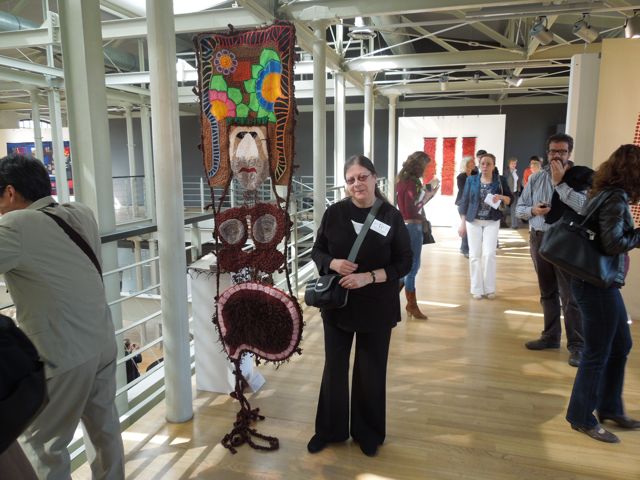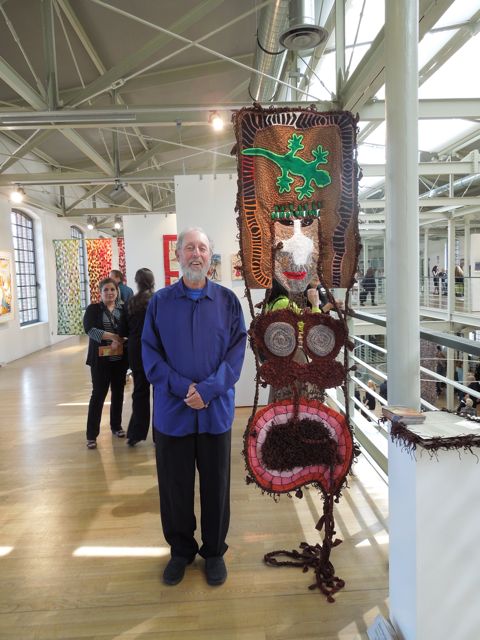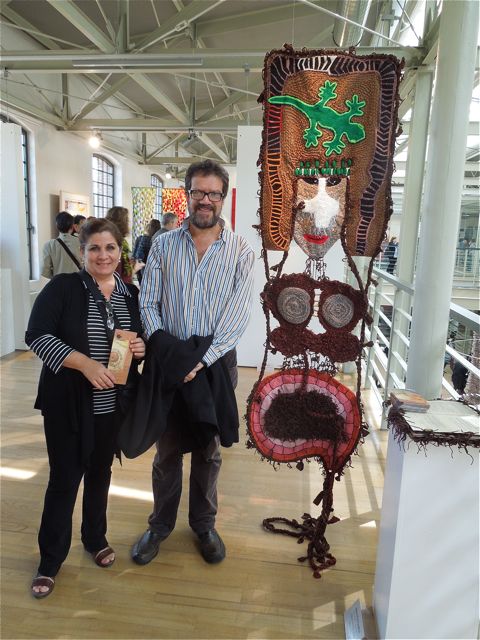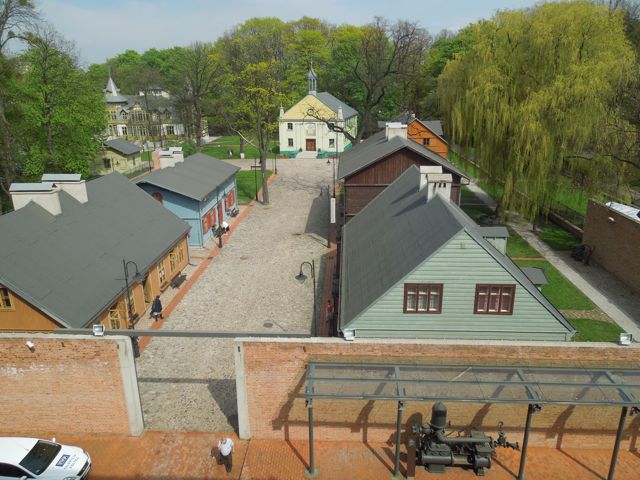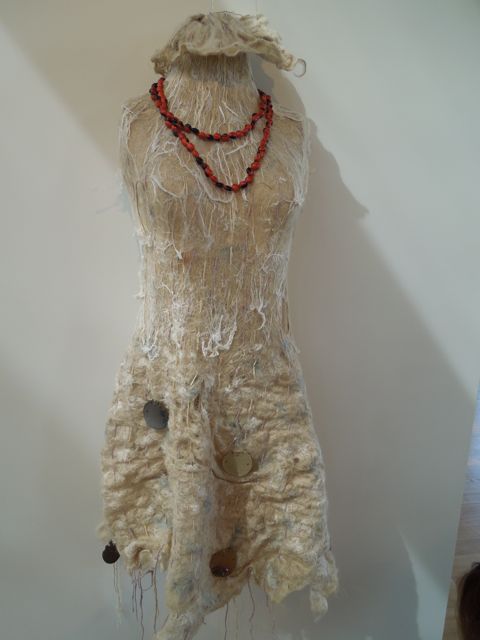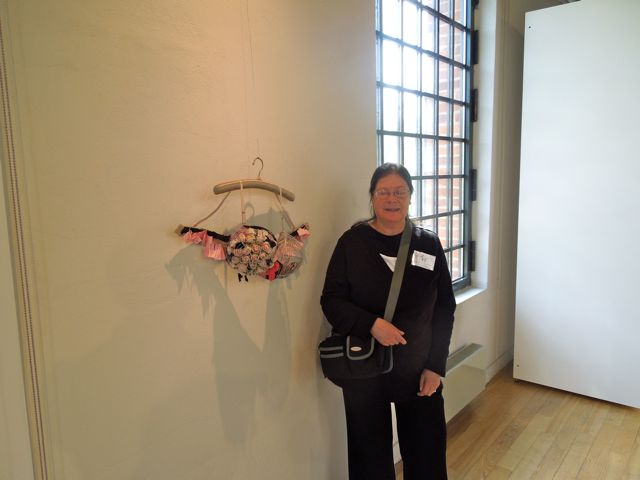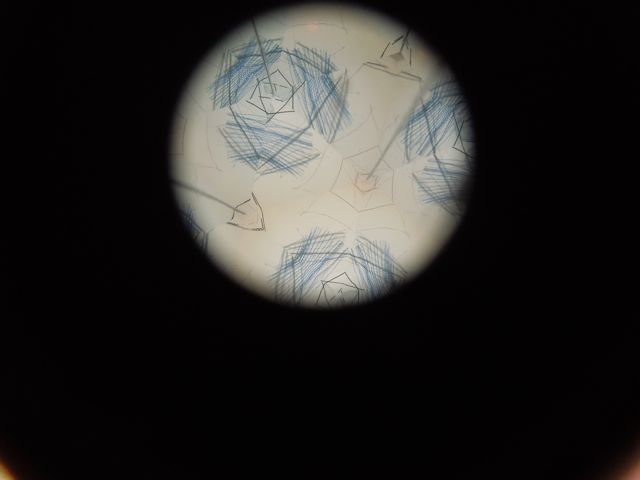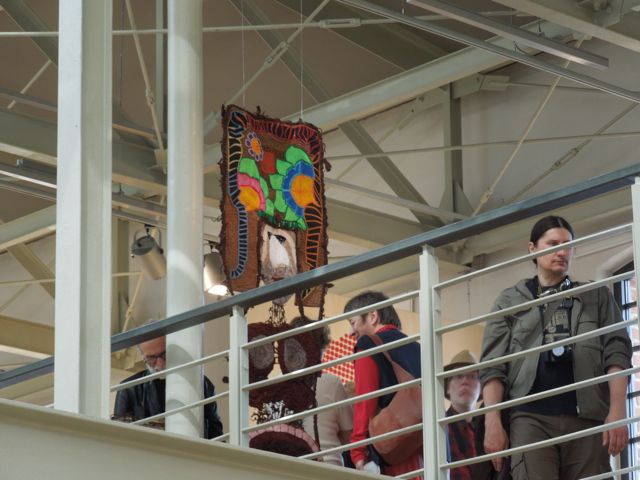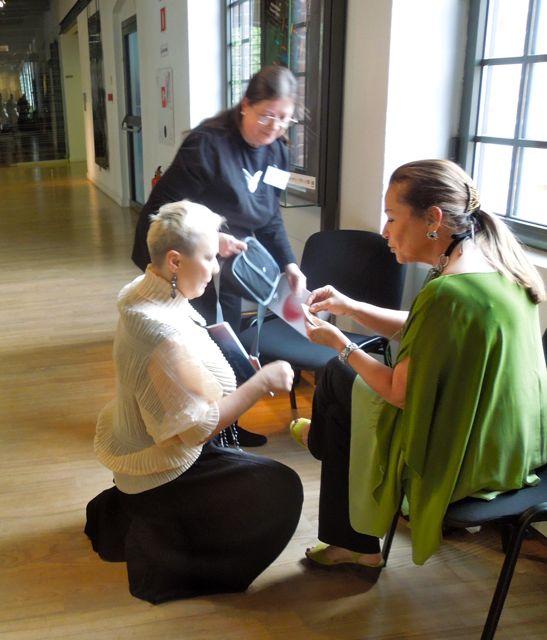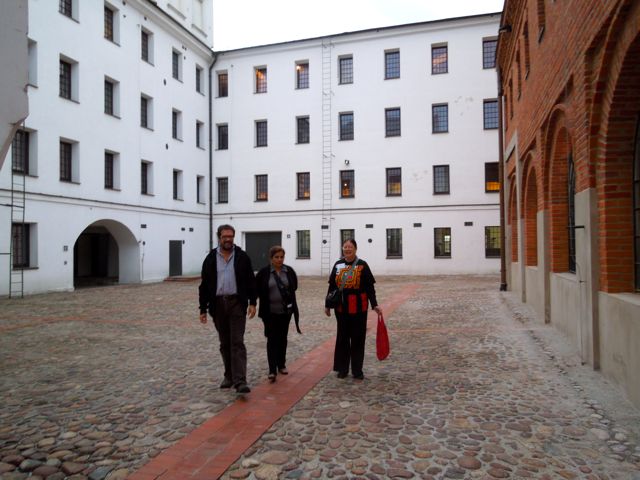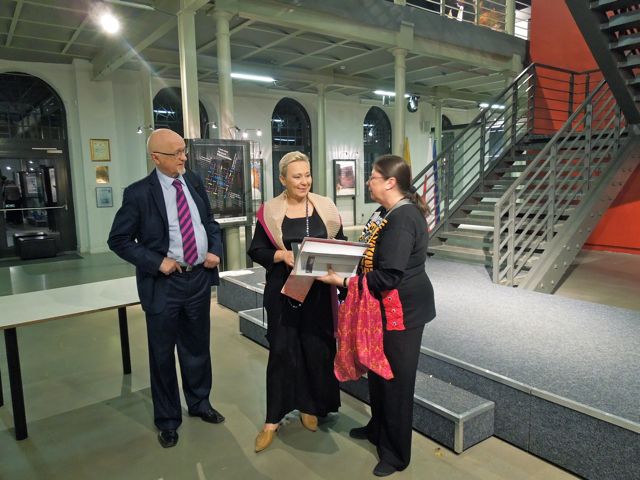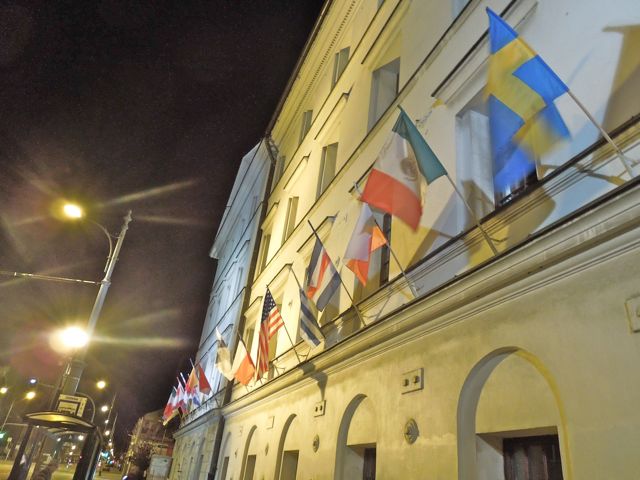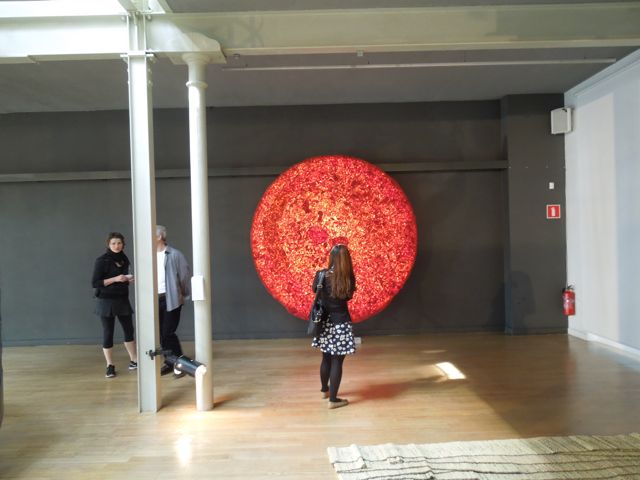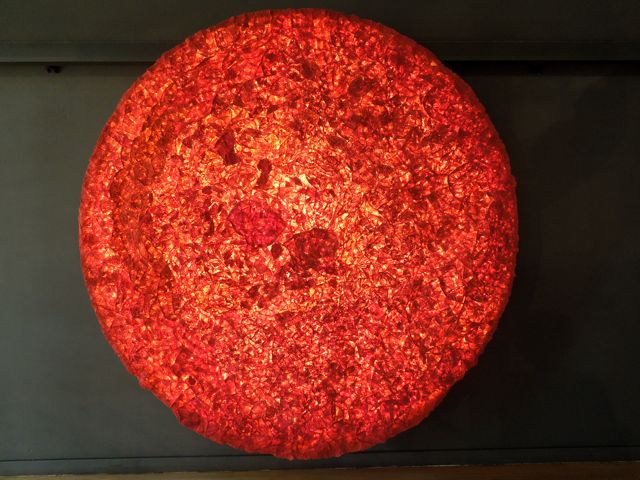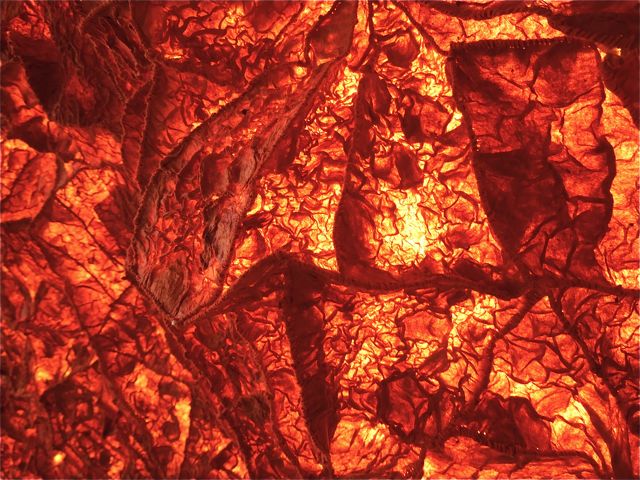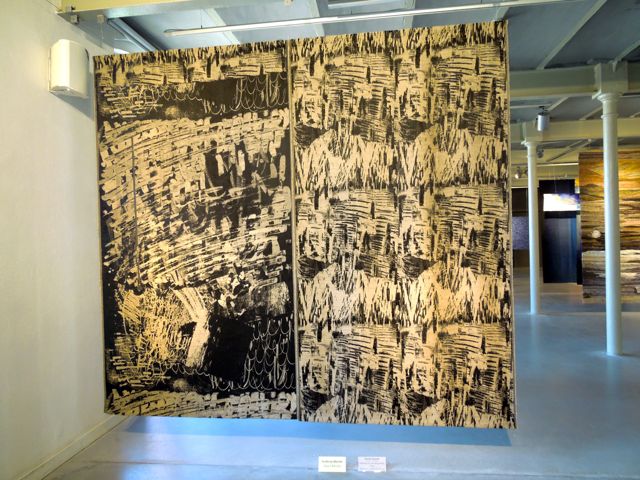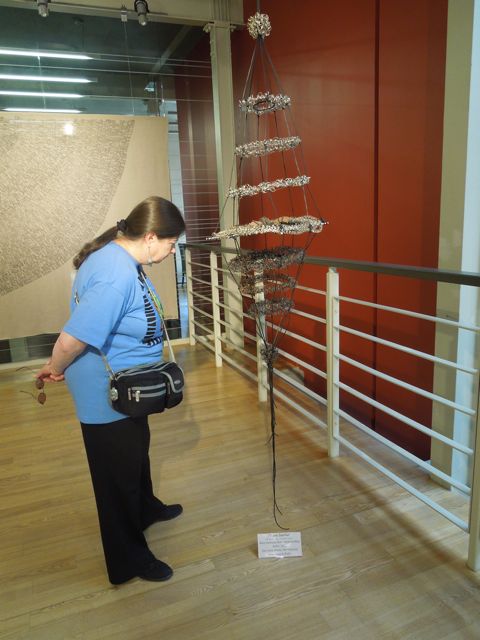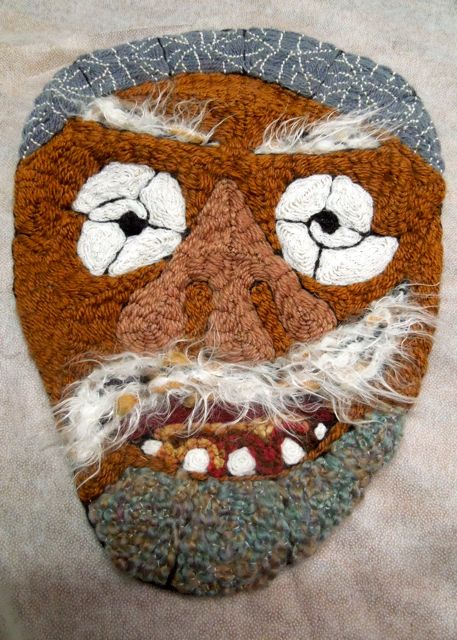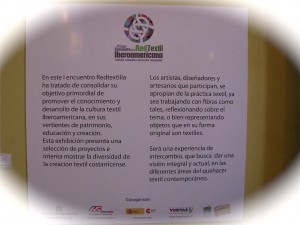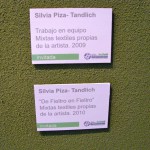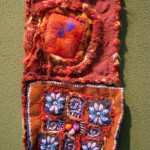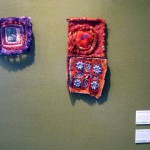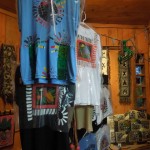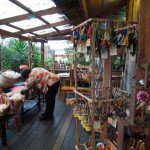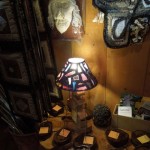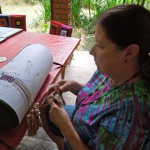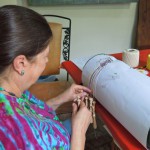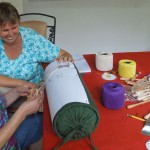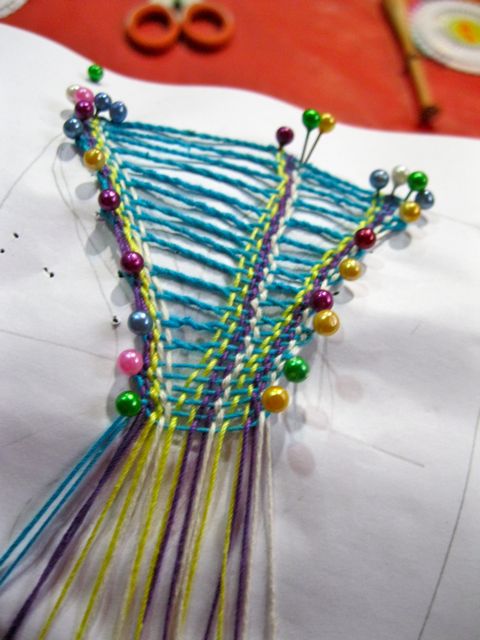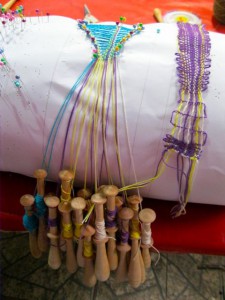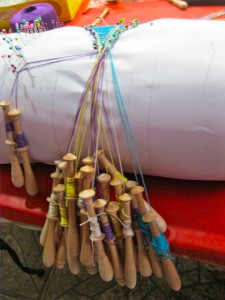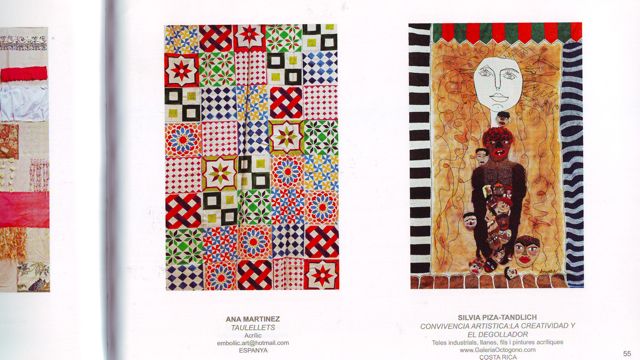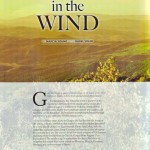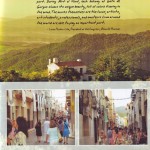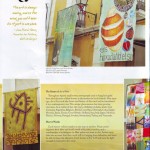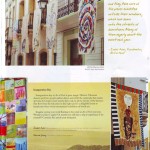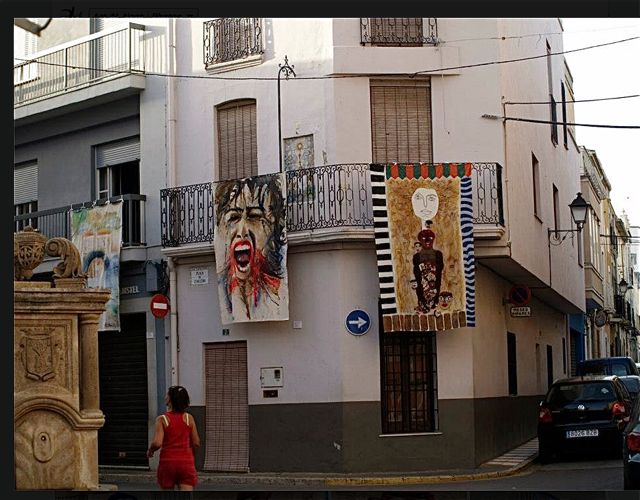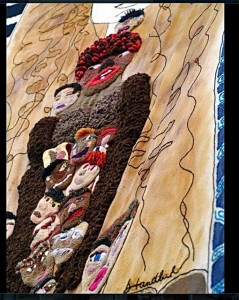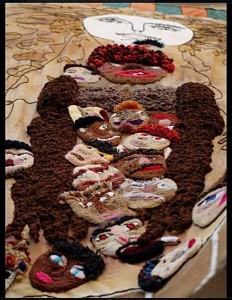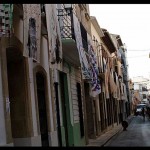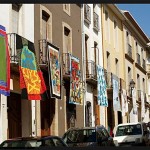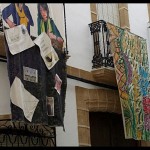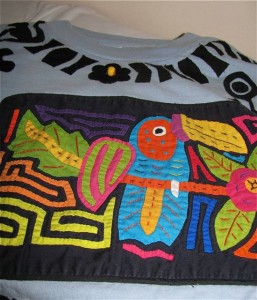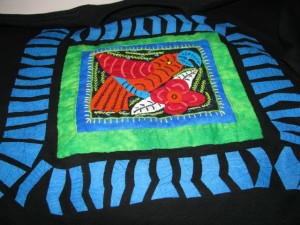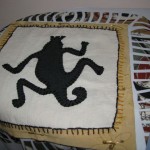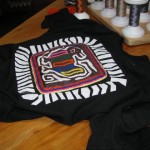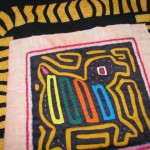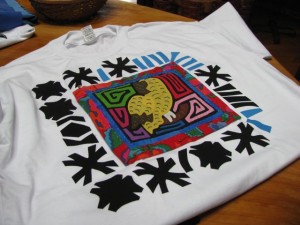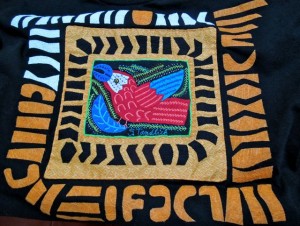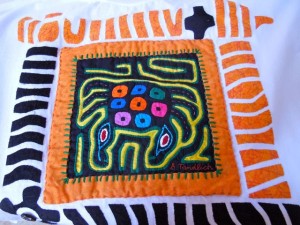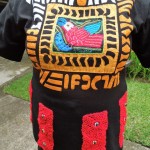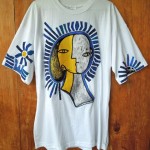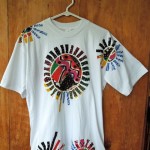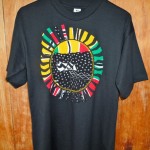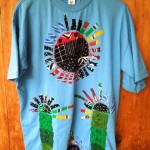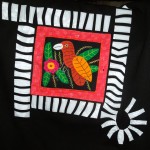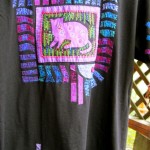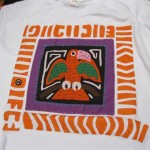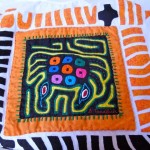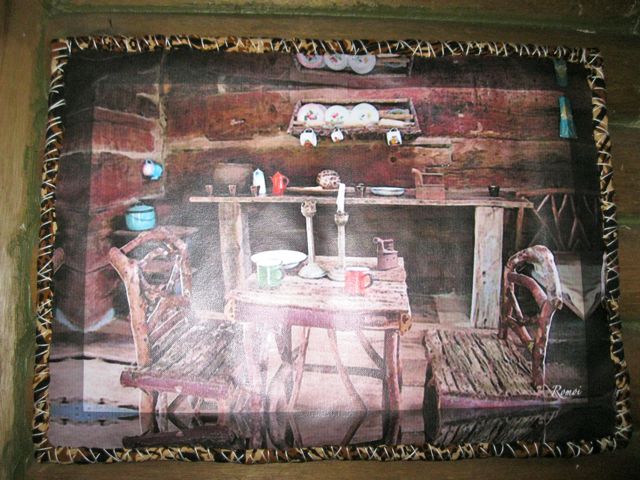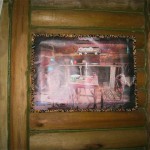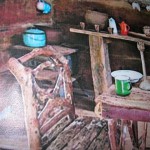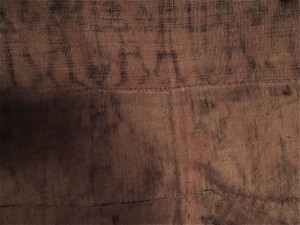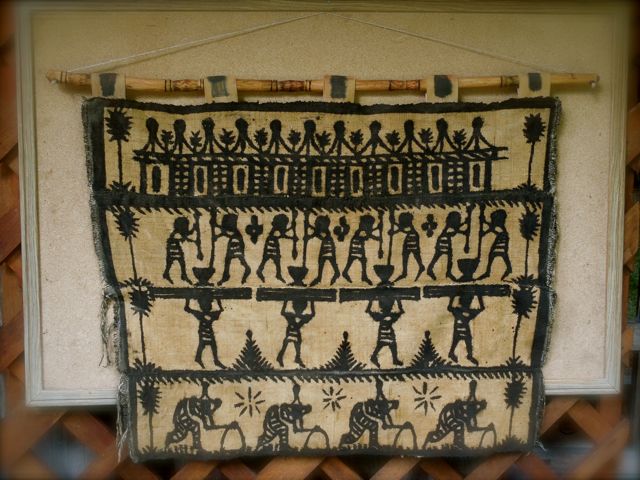 6 de mayo al 3 de noviembre de 2013
6 de mayo al 3 de noviembre de 2013
May 6 to November 3, 2013
http://www.muzeumwlokiennictwa.pl/aktualna-edycja/
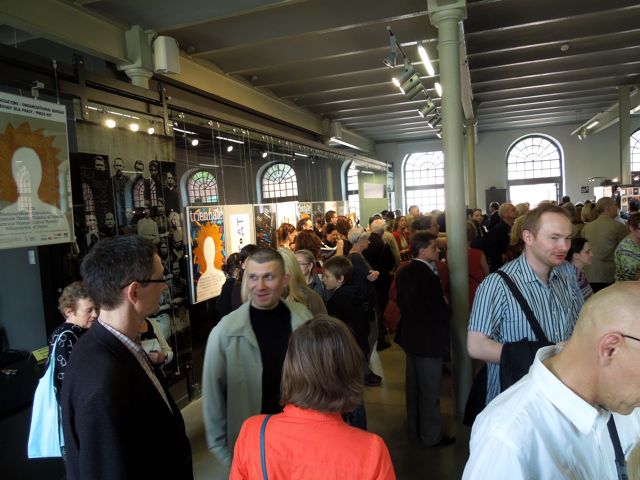
Silvia Piza-Tandlich: 14TH INTERNATIONAL TRIENNIAL OF TAPESTRY, Lodz, Poland (Polonia)
Este año, la XIV Trienal Internacional de Tapices de Lodz (Polonia) rompe records en participación y exhibiciones paralelas. Hasta el momento, participamos 665 artistas de todo el mundo, quienes en 27 ciudades, presentaremos nuestro trabajo en 52 exhibiciones individuales, 33 colectivas y 3 in situ (Museo Central de Textiles). Si los nombres no cambian, 665 artistas es una cifra admirable.
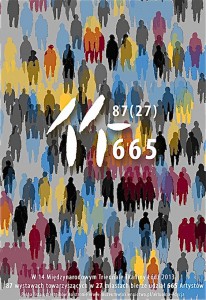
http://www.youtube.com/watch?v=sLXk-Kv9UJ0&feature=youtu.be
This year, the 14th International Triennial of Tapestry of Lodz, Poland breaks all records in participation and side exhibition numbers. So far, there will be 665 artists from around the world who, within 27 cities will present our work in 52 individual, 33 collective, and 3 in situ exhibits (Central Museum of Textiles). If these numbers don’t change, 665 artists is an impressive number.
Silvia Piza-Tandlich: “Sister Mississippi” Project
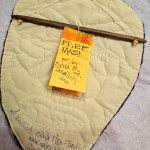
El pasado 1ro de marzo, un grupo e mujeres indígenas inició una larga caminata desde la cabeza del Mississippi hasta el Golfo de México, como abalanza de restauración para el Río.
On March 1st, a group of Indigenous women began their walk from the headwaters of the Mississippi River all the way to the Gulf of Mexico as a healing prayer for the River. 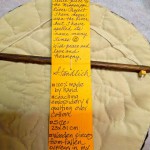
Una gran visión nos llegó a muchas artistas textiles, quienes creemos que las fibras, las puntadas…le harán sanar.
A great vision came to many of us textile artists, who hope the fibres, the stitches…will make the River heal.
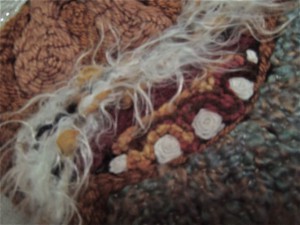 El Mississippi es el segundo río más contaminado de los EEUU. Al llegar al Golfo de México, ya casi no contiene oxígeno.
El Mississippi es el segundo río más contaminado de los EEUU. Al llegar al Golfo de México, ya casi no contiene oxígeno.
The Mississippi is the econd most polluted river in the U.S.. At the Gulf of Mexico, it no longer has oxygen!
Mini-textil encuentra casa / Mini-textile finds home
En medio de una fuerte gripe, fue un placer conocer a Terri Atkinson de El Paso, Texas, quien se enamoró de mi obra “De fieltro en fieltro”.
Este minitextil fue parte de la muestra “Arte textil costarricense”, que se presentó en el Museo Municipal de Cartago en setiembre del 2010, dentro del marco del Encuentro Redtextilia (Red Textil Iberoamericana).
In the midst of a strong cold, I had the pleasure of meeting Terri Atkinson from El Paso, TX who appeared to be in love with my work, “From felt to felt”.
This mini was part of the show “Costa Rican Textile Art”, presented at the Cartago Municipal Museum in September, 2010 as part of the Redtextilia Encounter (Ibero-American Textile Network).
Vistas – Views
Artista checa viene de visita – Czech artist comes to visit
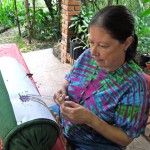
It was a great honour—and a lot of fun—to have the presence of Czech artist Daniela Banatova, and her husband Stan Banat, who stayed with us during the month of October.
Danielita vino, muy generosamente, a enseñarme la técnica de encaje de bolillos, en la cual ella posee una maestría insuperable, además de contar con títulos universitarios en el campo de artes textiles.
Dani very generously taught me the basics of bobbin lace technique, which she masters for many years in addition to holding university degrees in various textile fields. 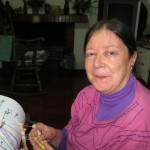
Estoy publicando las fotos de nuestro encuentro, de manera que tengamos un grato recuerdo de esos días de “cha cha” y “pantufla”…de cómo gozamos mezclando palabras en checo y español, además de aprender un poquito de esta fascinante técnica, que es tan difícil. 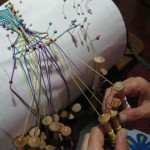
I am posting pics of our encounter so that we can have a permanent memory of those days of “cha-cha” and “pantufla”…of how we mixed Czech and Spanish words, and learned a bit about this fascinating-but-difficult technique.
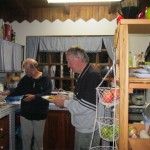
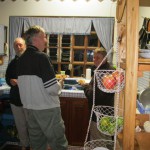

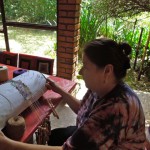
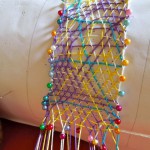
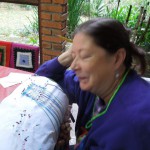
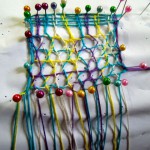
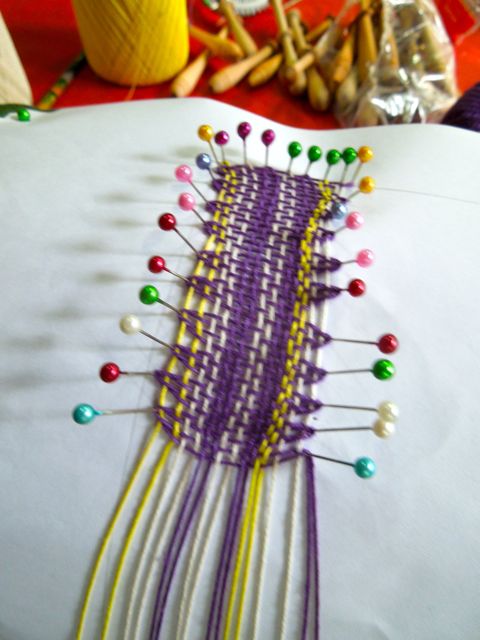
Silvia Piza-Tandlich: 9th Art Al Vent, Spain / IX Balconada Art Al Vent en España
Here is my work in the beautiful Art Al Vent catalog.
Aquí está mi obra en el lindo catálogo de Art Al Vent:
The festival was featured in the Fall 2012 issue of Fiber Art Now magazine, and my work is featured in the article.
El festival salió en la edición de otoño 2012 de la revista Fiber Art Now y mi obra sale en el artículo:
—————————————-
http://issuu.com/revistadaci/docs/artalvent9
And here are photographs of the event at Gata de Gorgos, Spain.
Y aquí vemos fotografías del evento en Gata de Gorgos, provincia de Alicante, España.
R-Tees / ARTIS-ticas T-SHIRTS
Pintura acolchada – Quilted Painting
Durante un viaje a Cusco (Perú), compramos dos pinturas Cusqueñas, a las cuales decidí acolcharles el borde para enmarcarlas en textil.
During a trip to Cuzco, Peru we bought two Cuzqueño paintings, to which I decided to quilt the border in order to frame them in textile.
Luego, para mi cumpleaños, un amigo me regaló una fotografía en lienzo, la cual enmarqué de la misma manera.
Then, for my birthday, a friend gave me a photograph on canvas, which I framed in the same way.
Esta técnica de enmarcar es una alternativa en casos donde no se quiere utilizar un marco tradicional. El único cuidado que hay que tener es el de no agujerear el lienzo a la hora de coser. ¡Se ve muy bien!
This technique is an alternative in cases when you don’t want to use traditional framing. The only thing to watch for is to not leave holes in the canvas when you’re sewing. It looks great!
Buscando la manera de colgar – Looking for a way to hang
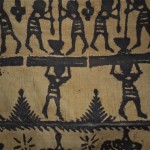 Un cliente compró un tapiz africano y me lo trajo, con la pregunta de cómo hacer para colgarlo en la pared. Dentro de las perchas que yo hago para colgar quilts, le encantó una percha con talla y pirografía, la cual va muy bien con el tapiz. En su opinión, pensaba que podría usarse asas de gangoche, pues su apariencia burda podría semejar el tejido en cuestión.
Un cliente compró un tapiz africano y me lo trajo, con la pregunta de cómo hacer para colgarlo en la pared. Dentro de las perchas que yo hago para colgar quilts, le encantó una percha con talla y pirografía, la cual va muy bien con el tapiz. En su opinión, pensaba que podría usarse asas de gangoche, pues su apariencia burda podría semejar el tejido en cuestión.
A client bought an African tapestry and brought it over, wondering how it could be hung on the wall? Amongst the displaying sticks I make for quilts, he liked one with carving and wood burning, which goes well with the tapestry. In his opinion, he thought burlap loops could be used since burlap resembles the knit in question.
No sé mucho sobre estos textiles, pero supongo que debe ser de Africa central occidental por sus motivos Adrinkrados. Estos tejidos los hacen en franjas horizontales, las cuales pegan para formar el lienzo que va a ser teñido con moldes de madera calentados al fuego.
I don’t know much about these textiles, but suppose it must be from central or west Africa for its Adrinkra-like motifs. These tapestries are made in horizontal stripes, which are sewn together to form the canvas to be dyed with wooden stamps heated in fire.
Usé manta cruda para hacer las asas y, para ajustar el color, las pinté de manera que no se noten mucho. El conjunto entero quedé bastante bien.
I used ecru cotton to make the loops, and to adjust the color I painted them so that they won’t be too noticeable. The entire work looks very well.
